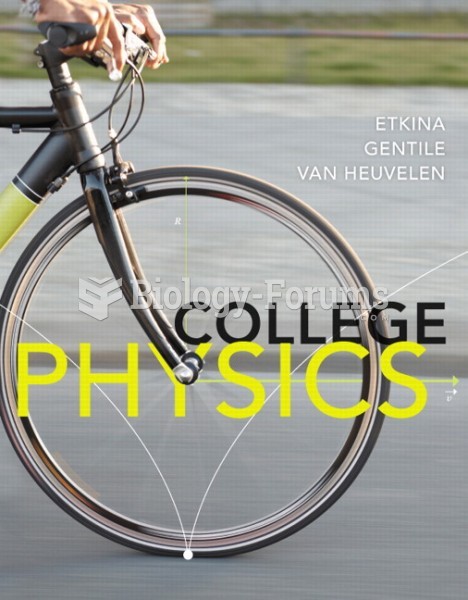1 When you imagine a college classroom, what do you see? Is there a
professor at the front of a large hall giving a lecture while students sit in rows,
listening and taking notes? Or are students sitting at tables in groups of four and
five, discussing a problem they are trying to solve while the professor moves from
group to group to answer questions? More than likely, the first arrangement came
to mind when you thought of this classroom. This situation represents the most
common classroom interaction, the one which is most familiar to all of us.
2 Researchers who study classroom interaction would describe the first
arrangement with a professor lecturing as a teacher-fronted classroom. In a
teacher-fronted classroom, the instructor's talk is most important. In these
classrooms, the teacher decides the topics that will be discussed and also decides
when a student will talk. Many students are comfortable with this kind of
interaction and classroom organization because they have experienced it
throughout their school experiences. Primary school teachers often use a teacherfronted classroom to help students with their learning. For example, a first grade
teacher may tell a story about a zebra and then ask several questions such as,
What color is a zebra? The students will then answer, Black and white. Or
the teacher may ask, What letter does the word zebra start with? and the
students will answer, Z. In these situations, the teacher already knows the
answer to the questions. However, he or she asks these simple questions to help
the students build their confidence and to help them learn how to participate in
class.
3 The teacher-fronted classroom may work well at the lower levels, but it
does not necessarily work well at the college level. Often, students in college
would like to ask their own questions or introduce their own topics,
especially when working on something difficult. They also may wish to have
more detailed discussions which go beyond a question / answer organization.
Finally, they may want to have discussions with fellow students in class as
well as with their instructors. In contrast, a college professor may choose to use a
teacher-fronted format simply because he or she has so much material that must
be covered in a single lecture, and there is not enough time for long discussions in
class.
4 The second scene, with students sitting in groups, is called a
student-centered classroom. In this type of classroom organization, student talk,
rather than teacher talk, is most important. Students have the opportunity to ask
questions, start new topics and follow up with longer discussions with both
classmates and teachers. Very often, in this type of classroom, students are
seated in chairs at tables rather than seated in a row. They have the opportunity
to move around as they complete their classroom assignments. This type of
organization is often very popular with teachers and students, but it does create
more responsibility for the instructor who has to participate in many different
discussions and who must do much more planning to have a successful class.
A science lab setting, where students are working in groups to solve a problem
and where the instructor is moving from group to group is an example of
a. a student-centered classroom.
b. a teacher-fronted classroom.
c. none of the above.
Question 2
1 When you imagine a college classroom, what do you see? Is there a
professor at the front of a large hall giving a lecture while students sit in rows,
listening and taking notes? Or are students sitting at tables in groups of four and
five, discussing a problem they are trying to solve while the professor moves from
group to group to answer questions? More than likely, the first arrangement came
to mind when you thought of this classroom. This situation represents the most
common classroom interaction, the one which is most familiar to all of us.
2 Researchers who study classroom interaction would describe the first
arrangement with a professor lecturing as a teacher-fronted classroom. In a
teacher-fronted classroom, the instructor's talk is most important. In these
classrooms, the teacher decides the topics that will be discussed and also decides
when a student will talk. Many students are comfortable with this kind of
interaction and classroom organization because they have experienced it
throughout their school experiences. Primary school teachers often use a teacherfronted classroom to help students with their learning. For example, a first grade
teacher may tell a story about a zebra and then ask several questions such as,
What color is a zebra? The students will then answer, Black and white. Or
the teacher may ask, What letter does the word zebra start with? and the
students will answer, Z. In these situations, the teacher already knows the
answer to the questions. However, he or she asks these simple questions to help
the students build their confidence and to help them learn how to participate in
class.
3 The teacher-fronted classroom may work well at the lower levels, but it
does not necessarily work well at the college level. Often, students in college
would like to ask their own questions or introduce their own topics,
especially when working on something difficult. They also may wish to have
more detailed discussions which go beyond a question / answer organization.
Finally, they may want to have discussions with fellow students in class as
well as with their instructors. In contrast, a college professor may choose to use a
teacher-fronted format simply because he or she has so much material that must
be covered in a single lecture, and there is not enough time for long discussions in
class.
4 The second scene, with students sitting in groups, is called a
student-centered classroom. In this type of classroom organization, student talk,
rather than teacher talk, is most important. Students have the opportunity to ask
questions, start new topics and follow up with longer discussions with both
classmates and teachers. Very often, in this type of classroom, students are
seated in chairs at tables rather than seated in a row. They have the opportunity
to move around as they complete their classroom assignments. This type of
organization is often very popular with teachers and students, but it does create
more responsibility for the instructor who has to participate in many different
discussions and who must do much more planning to have a successful class.
Student-centered classrooms can be difficult for instructors because
a. the instructors don't have much of an opportunity to talk.
b. the instructors have to plan carefully and engage in many discussions.
c. the instructors often feel that they are not in charge of the class.







